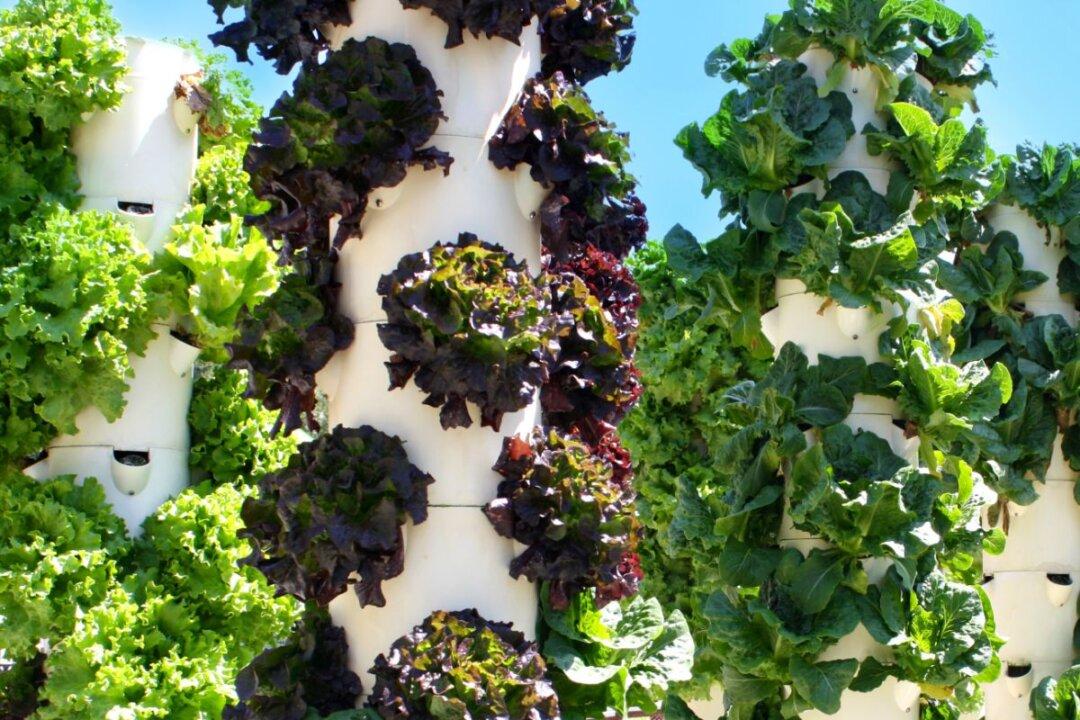What are plants without the planting? Semantic irony aside, aeroponic systems make soil-free plant growth not only possible, but rapid and abundant. The level of efficiency, water conservation, nutrient density and food safety seem almost too good to be true at first glance.
Nonetheless, as long as one has the funds and will power to invest in an aeroponic effort, it is just as doable as other farming techniques, and is particularly impressive for urban areas. A quick search of #towergarden on Instagram shows the amazing work people at futuristic-looking farms are currently engaged in around the country and world.





